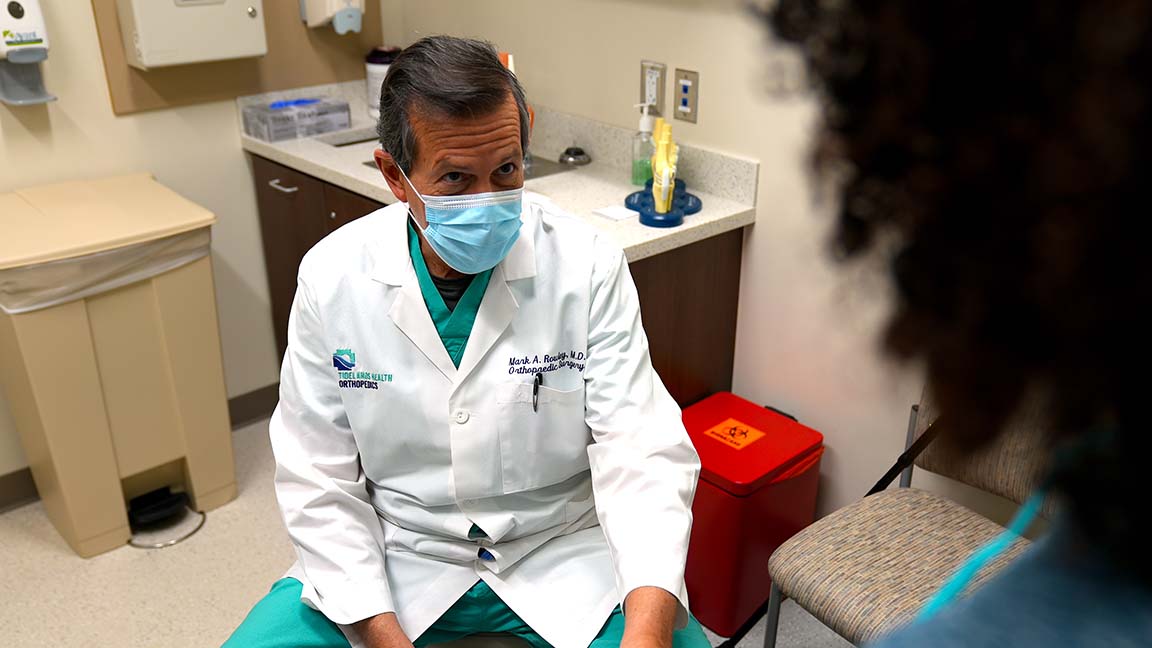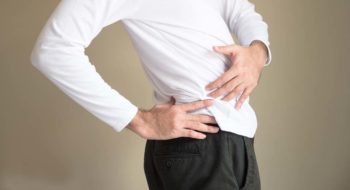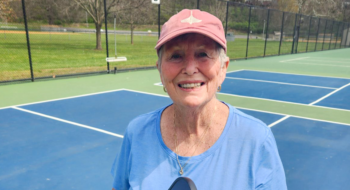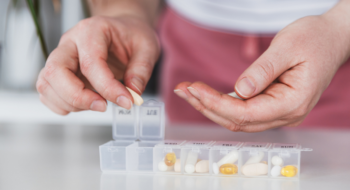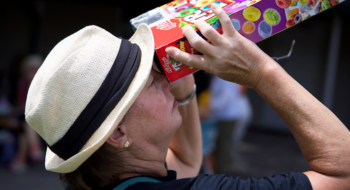While skiing in Colorado in the late 1990s, Lynda Liljenquist took a hard fall on her left shoulder that injured her rotator cuff.
It was a painful experience, but it came with an unexpected benefit for the Liljenquist, a Myrtle Beach resident who had already been struggling with pain in her right shoulder.
“As soon as I tore the rotator cuff on my left side, I knew exactly what was wrong on my right side,” she recalls.
Liljenquist had surgery on her left shoulder in May 1997, a few months after the accident. She went on to have surgery on her right shoulder a few years later in 2001.
“It worked great, but after almost twenty years of wear and tear the rotator cuff in my left shoulder was torn again,” says Liljenquist.
Liljenquist, now 74, learned she was suffering from progressive degeneration in the rotator cuffs of both of her shoulders, although her left shoulder was much more painful to use than her right.
“It got to the point where I couldn’t lift things into the cabinet unless I used my other hand for support,” she says. “I just had no strength, and it hurt all the time.”
A second opinion
Liljenquist tried physical therapy and cortisone injections, but the discomfort continued. Told further surgery could help reduce her pain but wouldn’t restore function in her arm, Liljenquist decided to get another opinion from Tidelands Health orthopedic surgeon Dr. Mark Rowley.
After a thorough evaluation, Dr. Rowley told her about a relatively new surgery called a reverse shoulder replacement that could help reduce her pain and restore function.
“Reverse shoulder replacements have become more common,” says Dr. Rowley. “The design, techniques and implants used in them have improved significantly.”
An ideal option
In a conventional total shoulder replacement, a surgeon removes the damaged parts of the shoulder and implants a device that mimics the shoulder’s normal anatomy. A cup is fitted into the shoulder socket, and a ball is attached to the top of the upper arm bone.
In a reverse shoulder replacement, the placement of the ball and cup is reversed. Instead of being attached to the arm bone, the ball is fixed to the socket and the cup is attached to the upper end of the arm.
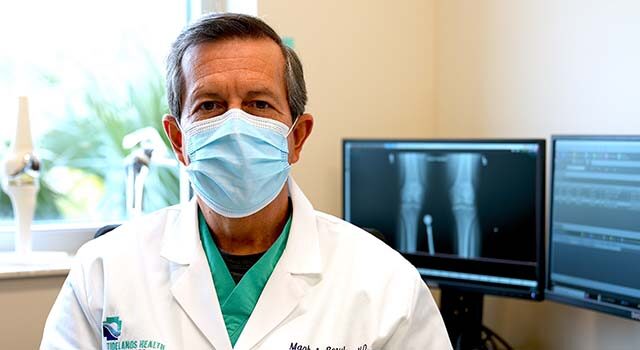
Liljenquist says she liked Dr. Rowley from the outset because of his personalized, patient-centered approach to care.
Reverse shoulder replacements can be a good option for people who are suffering from persistent pain after certain types of injuries, such as unrepairable rotator cuff tears, or because of progressive degeneration of the rotator cuff. The procedure can also help people who have already had a standard should replacement but still struggle with pain or loss of function. The approach allows people to use their deltoid muscle to lift their arm instead of relying on their damaged rotator cuff.
“A reverse shoulder replacement is ideal for a patient like Lynda, who is healthy and active, but whose rotator cuff is torn or malfunctioning,” Dr. Rowley says.
From surgery to rehab
Dr. Rowley says patients who are struggling with shoulder pain or loss of function should consider consulting with an orthopedic surgeon to determine a path forward. Surgery is only typically recommended after patients have exhausted non-surgical solutions.
Liljenquist’s two-hour surgery took place in May 2020 at Tidelands Waccamaw Community Hospital. Liljenquist spent the night in the hospital and started physical therapy at Tidelands Health Rehabilitation Services at The Market Common about three weeks later.
Both the rehab clinic and Dr. Rowley’s practice are located at Tidelands Health Medical Park at The Market Common, which brings together more than a half dozen practices and specialties to provide highly coordinated care all under one roof close to home.
“I appreciated the convenience,” says Liljenquist. “And I liked Dr. Rowley from the first time we met. I wouldn’t have done the surgery if I hadn’t felt very sure that he could help me. He was very understanding and caring. He took the time to talk to me.”
'Doing better all the time'
Following surgery, the next step for Liljenquist was to undergo physical therapy to restore strength and function to her arm. Before beginning, she wore a sling on her arm for several weeks while the arm healed from the surgery.
Once therapy began, she worked hard to restore her function.
“About a month after I started physical therapy, we began to stretch out the muscles, and it hurt more because we were pushing boundaries,” she says.
She also did the prescribed exercises at home.
Enjoying this story? It’s free to republish. Learn more.
“It hurt more on the days I did it on my own than on the days they did it with me,” she says. “I think that’s because the therapists are so good at what they do.”
Before and after surgery, Dr. Rowley says it is important for patients to exercise as much as possible.
“They should stretch, strengthen and do aerobic activities to keep the circulation going and blood flowing to the shoulder muscles,” he says.
Today, about 10 months after surgery, Liljenquist says she has gotten function back and and is no longer feeling pain when she tries to lift her left arm.
“I’m feeling better all the time, and I’m doing better all the time,” she says.
Liljenquist encourages people struggling with rotator cuff pain or shoulder arthritis to consult with an experienced orthopedic surgeon like Dr. Rowley sooner than later.
“Before the surgery, my shoulder hurt a lot, and I was always trying to protect it,” she says. “Now, I can carry my grandchildren for short periods of time, and I can take plates out of the cabinet, and it doesn’t hurt at all.”
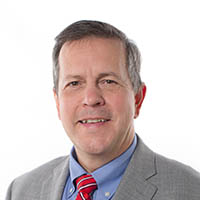
Dr. Mark Rowley
Orthopedic Surgeon, Tidelands Health Orthopedics
Call to Schedule
Bio
Dr. Mark Rowley is a board-certified, fellowship-trained orthopedic surgeon who practices at Tidelands Health Orthopedics at The Market Common.
Learn MoreMedical Education
Education
- Medical College of Virginia
Residency
- Wake Forest University
Fellowship
- John Hopkins School of Medicine, Joint Replacement
Awards
Board Certifications
- American Board of Orthopaedic Surgeons
- American Board of Independent Medical Examiners
Meet the Expert
Dr. Mark Rowley
Call to Schedule
Dr. Mark Rowley is a board-certified, fellowship-trained orthopedic surgeon who practices at Tidelands Health Orthopedics at The Market Common.
